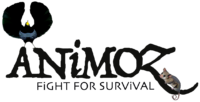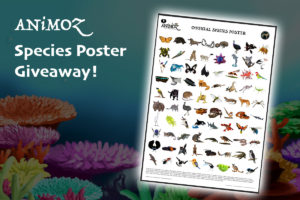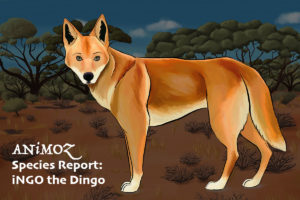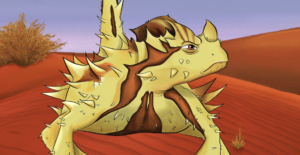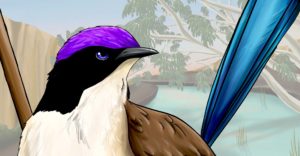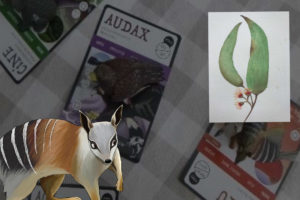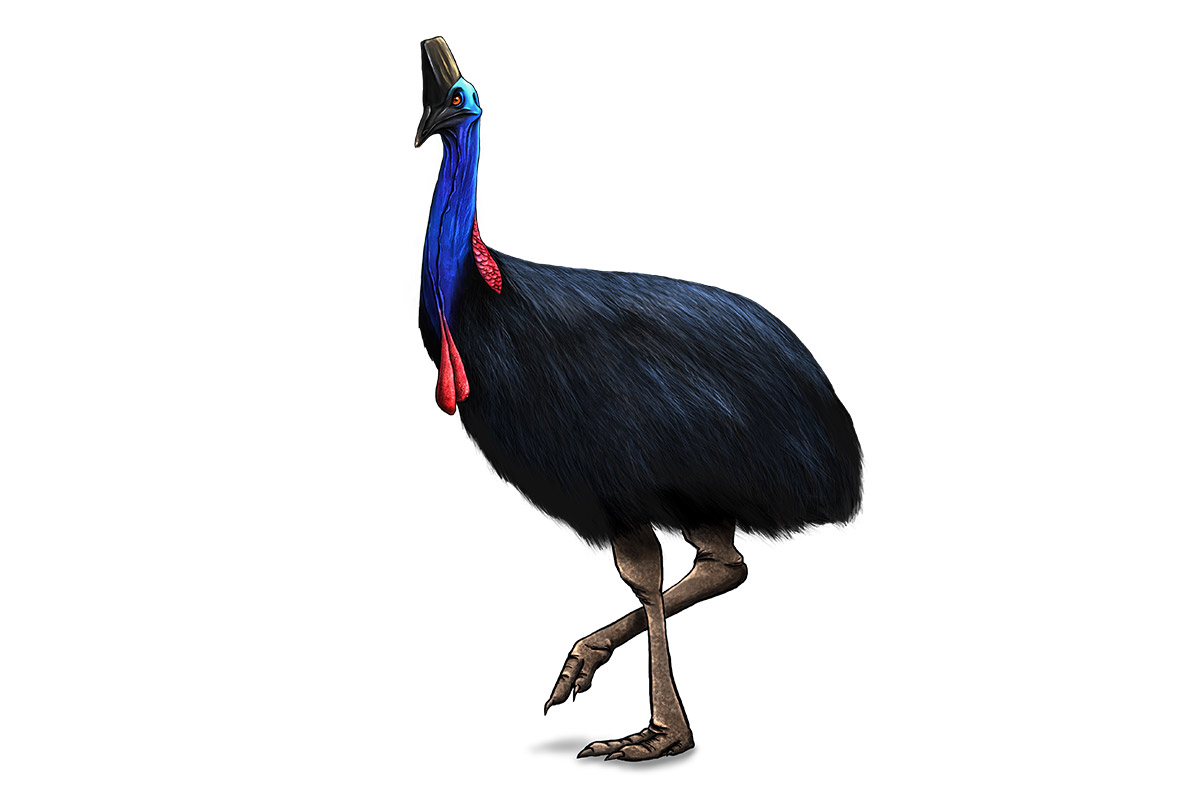
ARiUS - Southern Cassowary
ANiMOZ #214
Code: ARiUS
Common name: Southern Cassowary
Taxonomy: Casuarius casuarius
Level: OMNI | Form: DEFEND
Status: INFREQUENT | BiOME: FOREST
Overcomes: FLOOD | DROUGHT
SUPERPOWERS:
FISHDRAW
ARiUS knows that to some fish, his bristly feathers look like reeds. So he uses his Fishdraw power to wade into a stream, stand still whilst fish hide in his feathers, before walking on to the bank, shaking them out, and having a free feed!
INFRASONIC
The casque - or helmet - on the top of ARIUS’s head is what makes her Infrasonic power possible. Using this special equipment, she can hear the infra-sonar rumbling of other ARIUS from potentially hundreds of kilometres away, even through thick forest! This amazing trait enables communication that might help protect chicks whilst the father looks after them.
TOXINATOR
ARiUS can stomach some plants that most species have to avoid! Using her Toxinator power, she removes toxins from dangerous plants to enable digestion, without the danger!
GERMINATOR
Up to 100 plants in his rainforest home depend entirely on ARiUS to distribute their seeds, and some wouldn’t germinate if he didn’t eat them! When ARiUS eats the seeds of the Cassowary Plum - which is poisonous to Rangers and most animals - the enzymes in his stomach help to digest the seed, and then his droppings remove an inhibitor that stops them growing, meaning they sprout with about 90% success rate!
WEAKNESSES:
STONi
Because ARiUS lives not only in her Forest home, but alongside River BiOMEs too, she is at risk of falling prey to STONi. She automatically loses this Clash.
CONSTRICTION
Young ARiUS chicks are at risk from attack. If Dad isn’t watching closely, a python can make an easy meal out of them. He automatically loses a Clash to a CONSTRICTION species, or one with the CONSTRICTION Superpower.
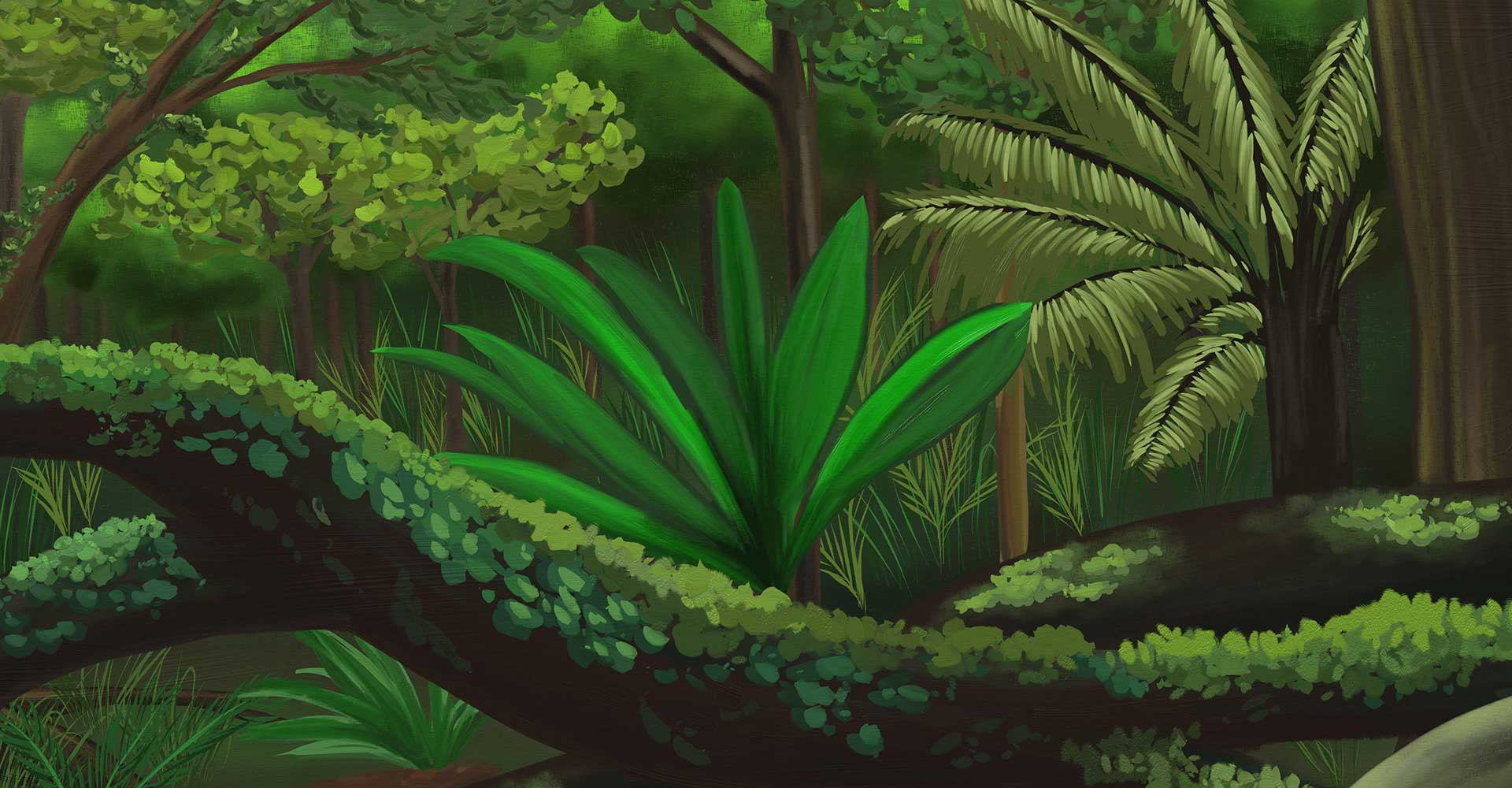

Booster Packs for Kids in Need
This December, you can help us bring a smile to kids who are facing challenging times. For every Booster Pack sold this month, we will donate a separate Booster Pack to the Backpacks 4 SA Kids organisation to gift as a present to a child in need. As we enter the festive season for 2022, …
Species Report: RiNU the Eastern Quoll
The Eastern Quoll (Dasyurus viverrinus) is RiNU! RiNU come in two colour morphs: dark and fawn. A litter of RiNU can include both colours! RiNU was once found across eastern Australia but is now restricted to Tasmania. RiNU are nocturnal, hunting alone at night. About the Eastern Quoll Though she be but little, she is …
Official Species Poster Giveaway!
Win 1 of 5 giant Species Posters featuring every ANiMOZ species! As an ANiMOZ Ranger, your job is to learn as much as you can about Australian wildlife, and work to protect our many endangered animals. So to help you fully appreciate all the different species that make up the World of ANiMOZ, we’re giving …
Species Report: OLi the Red Handfish
The Red Handfish (Thymichthys politus) is OLi – the world’s rarest fish! The Red Handfish is found in only two small patches of reef in south-eastern Tasmania There are only around 100 adult OLi left in the wild! They are so rare that scientists will not disclose where their second population is to prevent poaching …
Species Report: iNGO the Dingo
The Australian Dingo (Canis lupus dingo) is iNGO – an Apex Predator from the ANiMOZ Scrub BiOME! iNGO arrived in Australia on boats with Indonesian seafarers sometime between 8000-4000 years ago and are most closely related to the New Guinea Singing Dog They live in family groups and are an important part of the ecosystems …
From the Field: Ranger Zali talks about iNGO!
From the Field: Headquarters speaks to real-life Rangers working to save ANiMOZ species like iNGO the Dingo! In our From the Field series, we talk to people working across Australia to save the many animals you know from the World of ANiMOZ. Today, we hear from Ranger Zali from the Australian Dingo Foundation! Ranger …
Species Report: HORRiD the Thorny Dragon
HORRiD is the thorny dragon (Moloch horridus)! Species report on the thorny devil A real-life dragon with fantastic superpowers lives in the Australian desert! Horridus – their scientific name – means “bristly”, named for their spikey appearance The thorny dragon only eats ants, and can only feed when the temperature is above 24 degrees! …
Species Report: CORO the Purple-Crowned Fairywren
CORO is the purple-crowned fairywren (Malurus coronatus)! Species report on the purple-crowned fairywren Coronatus – CORO’s scientific name – literally translates to “crowned” An adult wren only weighs 9-13 grams There are two subspecies: the purple-crowned fairywren and McGilivray’s fairywren They live across the northern portion of Australia, from the Kimberly to the Gulf …
Species Report: CORO the Purple-Crowned Fairywren Read More »
Ranger Community: “The children can learn more about why these animals are under threat…”
In our Ranger Community series, we hear from ANiMOZ Rangers out in the field about how they use the game to learn about, teach about and support wildlife. The Rangers from Newland Park Kindergarten shared their recent newsletter article with Headquarters about how they use ANiMOZ! Read it in full here: Amelia and her …
Species Report: FULi the Golden brushtail possum
FULi is the Golden brushtail possum (Trichosurus vulpecula fuliginosus)! Species report on the Golden brushtail possum FULi is the same species as the Common brushtail possum, but with a genetic mutation that makes their fur a golden colour Their colour makes them conspicuous to predators, so they are rare and found primarily in Tasmania …
Species Report: FULi the Golden brushtail possum Read More »
